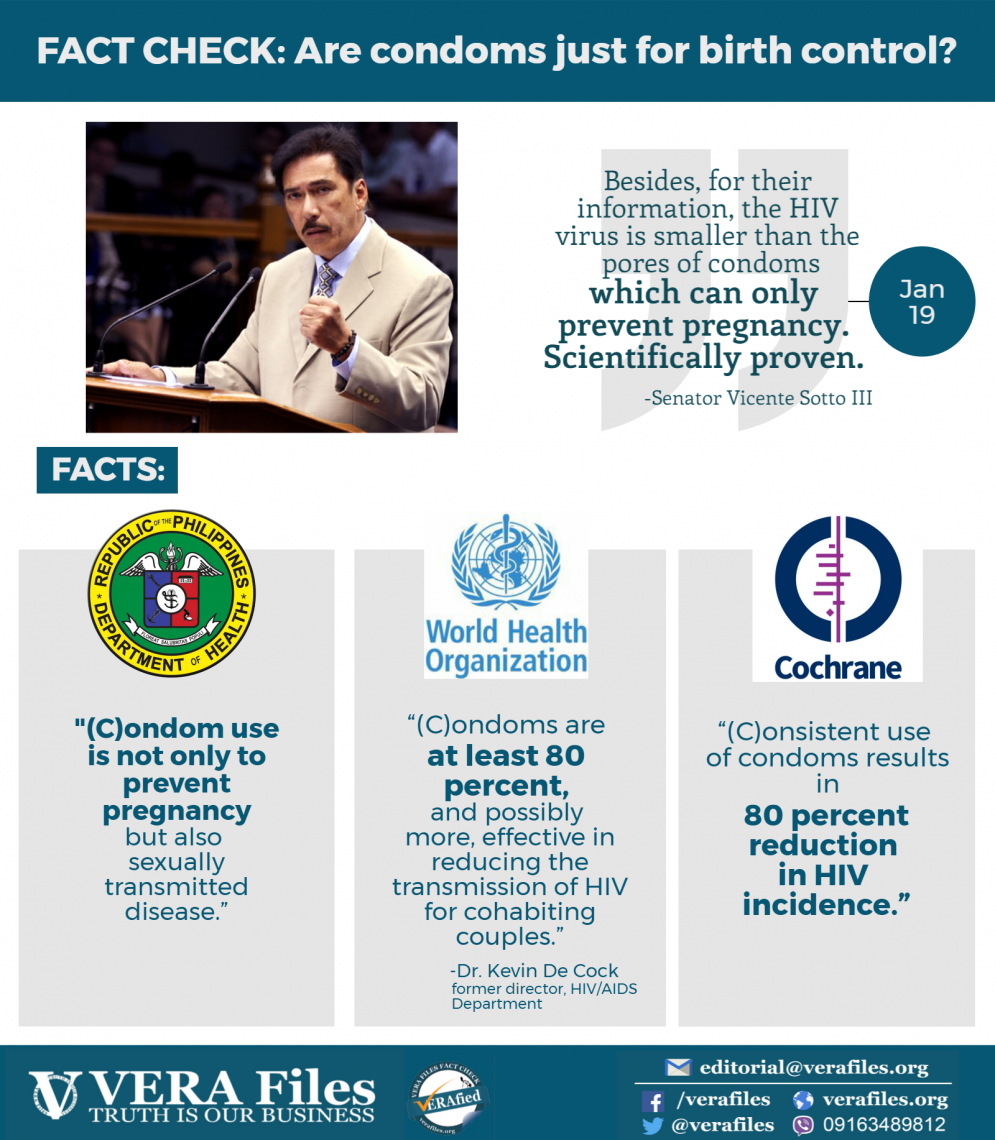By IBARRA MATEO
HEALTH Secretary Enrique T. Ona said Wednesday the increase in Human immunodeficiency virus (HIV) infection in the Philippines is alarming and requires a more focused approach to reverse it.
On the eve of World Aids Day which is observed every Dec. 1, Ona disclosed that for January-September 2011 period , an average of six new HIV infections daily was reported, significantly up compared to one new case every two days a decade ago.
“The HIV situation, while alarming, is concentrated among key populations at higher risk and not the public at large. This provides us with greater opportunity to halt and reverse the trend in the next few years,” Ona said.
However, Ona said halting and reversing the current trend “will require a more focused, multi-sectoral approach and an efficient implementation of prevention and control programs.”
The health chief said the increase in the new HIV infection was largely due to the spread of the virus among males who have unprotected sex with other males and also among injecting drug users who share contaminated needles.
The DoH secretary called for a more rational resource allocation of money intended to combat HIV/Aids in the country in the face of the cancellation of the Round 11 of The Global Fund to Fight Aids, Tuberculosis, and Malaria funding and investments worldwide.
The September 2011 Philippine Department of Health HIV and AIDS Registry showed that there were 253 new HIV cases for the month of reporting, the highest number of new HIV infections ever reported.
The September 2011 report also showed that of the new 253 HIV cases, the age group 20-29 years old reported the most number of cases, or 57 percent. Ninety-five percent were males belonging to the age group 16-67 years old; 83 percent were males who have sex with other males. Fiftty-three percent or 135 cases were from the National Capital Region.
The same report said 226 cases revealed sexual contact as the mode of transmission while 27 cases said they shared needles with injecting drug users.
Five of the 253 new HIV cases have progressed into AIDS cases, all of them males within the age group of 18-50 years old. Two of the five AIDS cases have died in September, one was aged 40 and the other 49.
Sixteen of the new 253 HIV cases were overseas Filipino workers, 11 males and five females belonging to the age group 24-59 years old. All cases said they acquired HIV through sexual contact, 10 via heterosexual sex, one via homosexual sex, and five via bisexual sex.




